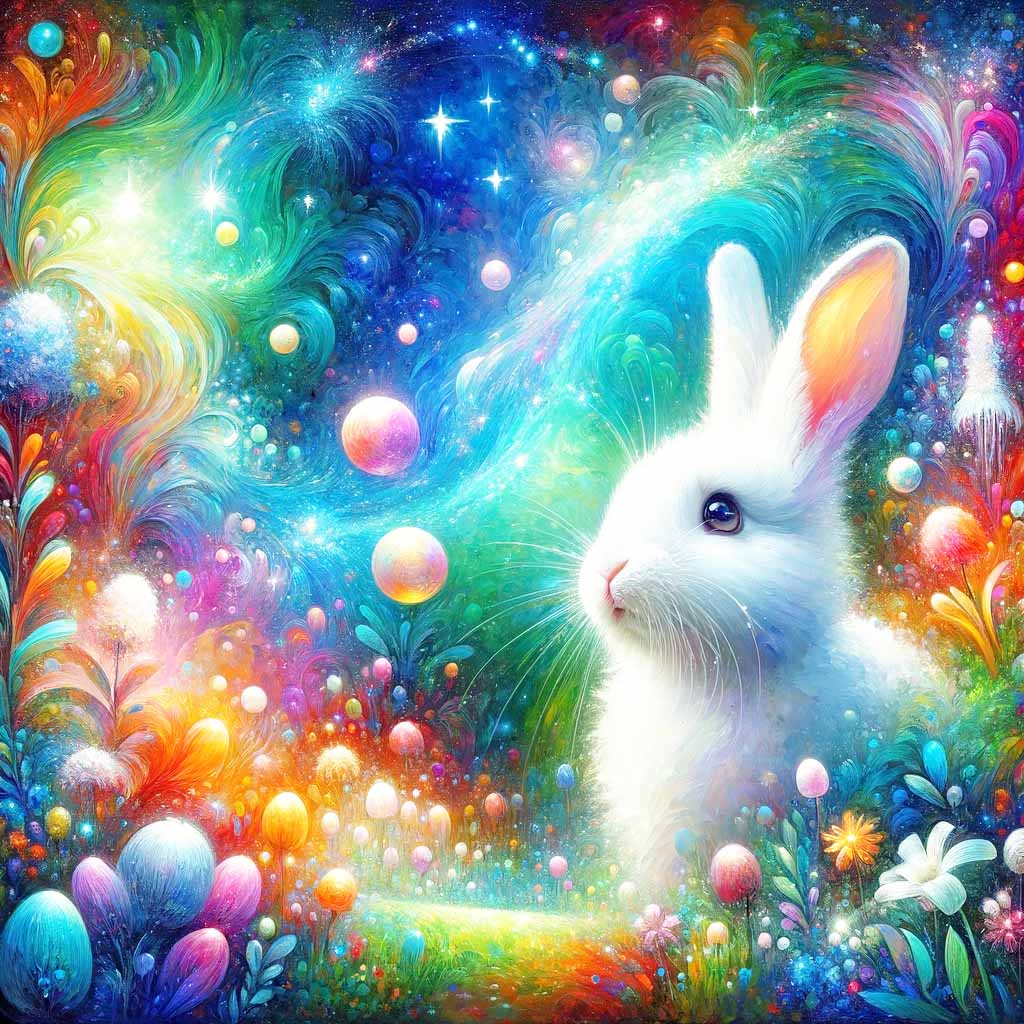
Imagine strolling through a mall and spotting a vibrant red sign that reads “Sale”. Instantly, you feel a surge of excitement and a compulsion to check out the deals. This reaction is the result of effective color psychology in graphic design—a tactic that influences our emotions and can significantly sway consumer behavior.
Color psychology isn’t just about aesthetics; it’s a strategic element in marketing that can boost sales, create brand identity, and affect how users interact with interfaces. By understanding how different hues can impact feelings and actions, designers can craft experiences that subtly guide and influence users.
In this article, we will explore the various aspects of color psychology, examine its implications for branding and marketing, and provide practical tips for graphic designers to apply these principles effectively in their work. Each section will delve into how specific colors can evoke particular emotions, enhancing the overall narrative that a designer aims to convey.
The Basics of Color Psychology
Color psychology is the science of how color influences human behavior and mood. According to research, different colors can evoke different responses. For example, blue can create a sense of calm, red can evoke urgency and passion, and yellow can make people feel happy and alert.
This understanding begins with the primary colors. Red, often seen in warnings and sale signs, can grab attention and get the heart racing. Blue, used by many corporate businesses, helps to instill a sense of security and trust in a brand. Yellow, capable of invoking a sense of brightness and energy, is excellent for drawing attention in a light-hearted manner.
However, it’s not enough to simply use a bold color. The key is knowing how to combine these with complementary shades to enhance the desired emotional impact without overwhelming the viewer. This balance can be crucial in creating an effective design that communicates the right message and evokes the intended emotional response.
Color Meanings and Cultural Variances
Colors do not mean the same thing to all people and cultures. This variance can significantly impact how a design is perceived by different audiences. In the West, for example, white is often associated with purity and weddings, whereas in many parts of Asia, white is the color of mourning and funerals.
Understanding these cultural differences is vital for global brands. For instance, while green is commonly associated with nature and growth in the U.S., it can be connected with sickness in other cultures. Such nuances must be considered when a brand is being marketed internationally to avoid cross-cultural miscommunications.
Moreover, certain colors can have unique meanings even within the same culture at different times or among different demographics. Younger audiences might see black as sleek and modern, while older viewers might interpret it as somber or conservative. Recognizing these subtleties can help designers tailor their projects more precisely to their target audience.
Colors in Branding and Marketing
The strategic use of color in branding can reinforce or transform public perception of a product or company. For instance, the calming blue of Facebook’s logo suggests a safe space for social interactions, while the energetic red of Netflix’s logo complements its exciting entertainment offerings.
Color consistency across a brand helps in building a cohesive identity. This consistency can be seen in companies like Starbucks with its iconic green logo, symbolizing freshness and natural ingredients, which helps customers quickly identify the brand’s products across various platforms and locations.
Effective use of color can also drive marketing strategies. Colors can create visual landmarks for recurring campaigns (think of McDonald’s red and yellow) and can help in segmenting products line by line, each with its own color code. This method not only organizes the offerings but also aids in target marketing by associating each line with a specific demographic’s preferences and expectations.
Applying Color Psychology in Various Design Formats
In web design, color psychology is crucial for not only attracting attention but also for maintaining it. Colors can dictate the mood of a website, affect user experience, and even influence conversion rates. For example, using a soft blue background with white text can make a website feel more open, trustworthy, and calm, encouraging longer visits.
The application of color psychology extends beyond digital spaces to print and product design. In print media, color can help in highlighting key information, drawing the eye directly to the most important parts of the page — be it headlines, key points, or calls to action. In product design, the right color can enhance product appeal and affect consumer purchasing decisions.
Moreover, understanding color psychology allows designers to manipulate the spatial perception of an area. Light colors can make a space appear larger and more airy, while dark colors can give a sophisticated, albeit more confined, feel. This technique is especially useful in advertising, packaging, and interior design, where visual perception can be everything.
Practical Tips for Designers
For graphic designers, understanding and implementing color psychology can significantly enhance the effectiveness of their work. First, consider the brand’s personality and the emotions you wish to evoke when selecting a color palette. Tools like Adobe Color can help visualize and test different combinations before finalizing a design.
Additionally, keep up with color trends in the industry. While psychological effects of colors don’t change, the way they are perceived can vary with trends. Being aware of these changes can keep your designs fresh and relevant. For example, the recent popularity of pastel colors in digital apps suggests a trend towards softer, more calming websites and interfaces.
Lastly, test color choices with your target audience. A/B testing different color schemes can provide valuable insights into consumer preferences and help refine designs to better connect with viewers. This feedback can be crucial in optimizing the impact of color in your designs, ensuring not only aesthetic appeal but also functional effectiveness.
Conclusion
Color psychology is a potent tool in the arsenal of a graphic designer. With the ability to influence mood, behavior, and decisions, the thoughtful use of color can transform a simple design into a powerful communicator. Whether you’re designing a corporate logo, a product package, or an entire advertising campaign, the right colors can help convey your message effectively and evoke the desired response from your audience.
As you embark on your next design project, remember to harness the power of color with intention and precision. Experiment with different shades and combinations, and see how they can change the dynamics of your designs. After all, in the vivid world of graphic design, color is one of the most expressive tools at your disposal.





